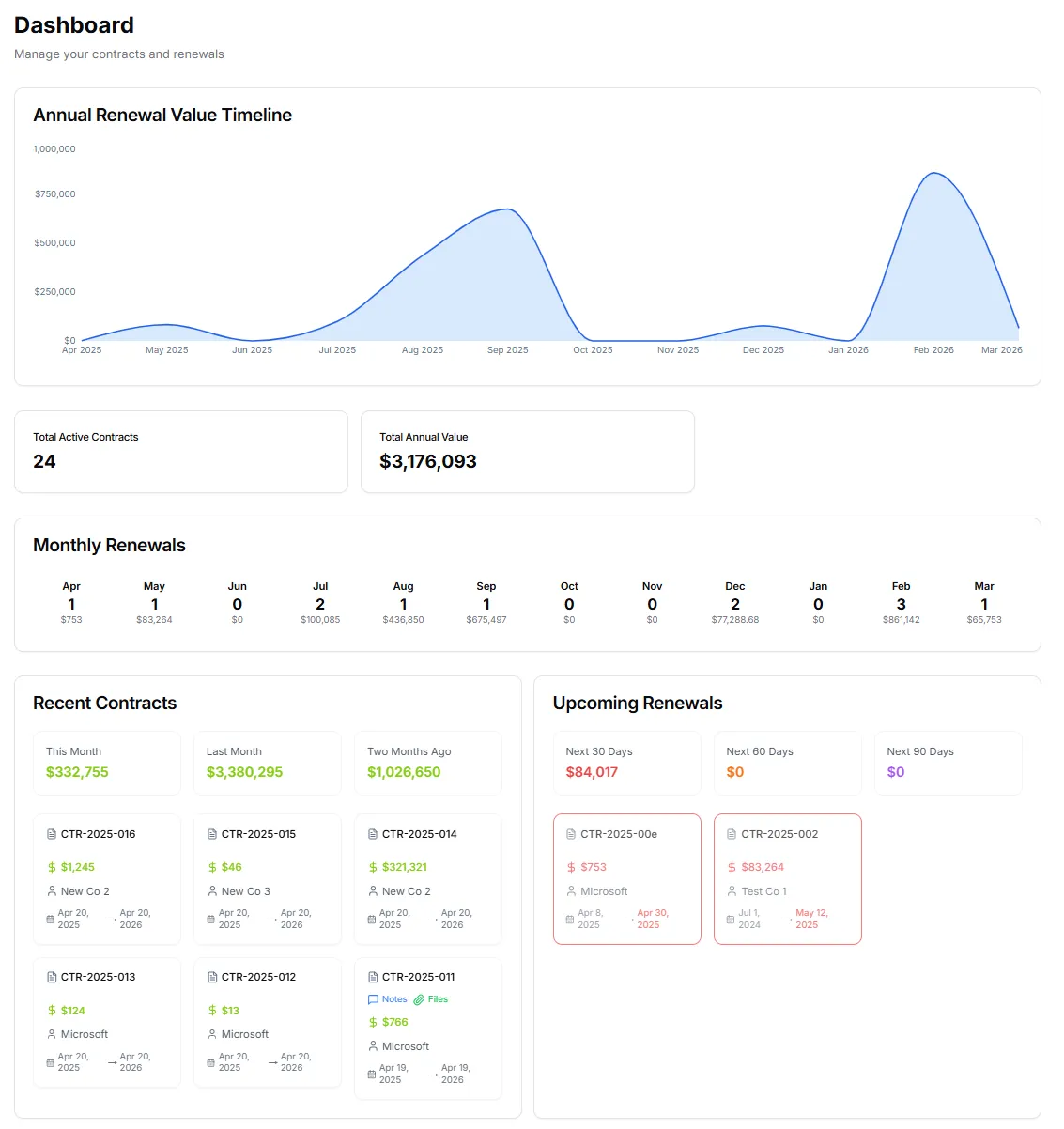
Optimize Revenue Per Employee: A Contrax Business Metric
Why Revenue Per Employee is a Key Business Metric
Ever wondered if your business is really making the most of its people? “Revenue Per Employee” (RPE) is one of those numbers that quietly sits in the background, but once you pay attention to it, you start to see your business through a much sharper lens. Whether you run a SaaS company or a traditional service-based operation, understanding your Revenue Per Employee can help you spot inefficiencies, optimise your team’s impact, and make smarter decisions as you grow.
What is Revenue Per Employee, and Why Should You Care?
At its core, Revenue Per Employee is exactly what it sounds like: how much revenue your company generates, on average, for each person on the payroll. It’s a simple calculation, but the insight it provides is anything but basic. This metric shines a light on how efficiently your business turns human effort into actual income.
Why is RPE important? Think of it as a pulse check for productivity. If your RPE is high, it means your business is getting strong returns for every staff member—indicating healthy processes, strong sales, and effective use of resources. On the flip side, a low RPE can signal bloated teams, poor structure, or processes that need rethinking.
Let’s say you’re a SaaS startup with 20 employees and an annual revenue of £2 million. Divide the revenue (£2,000,000) by the number of employees (20), and you get an RPE of £100,000. That’s your benchmark. Now, if your closest competitor is turning over £3 million with only 15 employees, their RPE is £200,000—a clear sign they’re running leaner or more effectively.
How to Calculate Revenue Per Employee
The formula couldn’t be simpler:
Revenue Per Employee = Total Revenue / Number of Employees
It’s best to use net revenue (after returns and discounts) and include all full-time equivalent employees, not just payroll staff—so contractors and part-timers should be “converted” into full-time equivalents. You need to use 'Recognised Revenue' for your calculations and not recorded income. i.e. a 3 year deal with a total contract value of £36,000 is recognised as revenue overa 36 month period at £1,000 a month.
But here’s where many businesses slip up: it’s not enough to look at this number once a year. Things can change quickly, especially in fast-moving industries. Measuring RPE each month gives you a much more dynamic picture of your company’s health. You’ll spot seasonal dips, track the impact of new hires, and quickly see if any changes in process are paying off.
Why Monthly Measurement Matters
Imagine you’re scaling up and hiring rapidly. Your revenue might be shooting up, but if your headcount is growing faster, RPE could actually be falling. By checking in monthly, you’ll know if you’re maintaining your efficiency or simply adding more bodies without a corresponding increase in output.
Typical Revenue Per Employee Ranges
So, what does “good” look like? It really depends on your industry, business model, and stage of growth. But here are some ballpark figures for reference:
Early-Stage SaaS Startups: £60,000–£120,000 per employee. Startups often have lower RPE as they invest in growth and product development.
Mature SaaS Companies: £180,000–£350,000 per employee. As the company scales, recurring revenue and automation drive up efficiency.
Professional Services Firms (e.g., consulting, marketing agencies): £80,000–£200,000 per employee. These businesses rely heavily on billable hours, so the range can vary depending on rates and staff utilisation.
Top-Performing Tech Giants: It’s not unusual to see RPE figures north of £400,000—think of companies like Apple or Google, where automation and massive scale drive the numbers up.
It’s crucial to benchmark against businesses similar in size and sector. For instance, comparing a bootstrapped SaaS startup to Salesforce isn’t particularly helpful—look for peers at a similar stage.
How to Improve Your Revenue Per Employee
Boosting RPE isn’t about working your staff harder or slashing headcount—it’s about working smarter. Here are some practical ways to nudge your numbers in the right direction:
1. Automate Repetitive Tasks
If your team is bogged down by manual admin—chasing invoices, wrangling spreadsheets, or managing contracts by email—it’s time to automate. Tools like Contrax.cloud excel at contract management, freeing up your staff to focus on higher-value work. When you automate the boring bits, you raise your RPE without burning anyone out.
2. Upskill Your Team
Invest in training. If your staff can take on more complex work or use new technology effectively, they’ll contribute more to the bottom line. For example, teaching your sales team to use a new CRM could help them close deals faster, directly boosting revenue per head.
3. Revisit Your Service Offering
Sometimes, low RPE is a sign you’re saying “yes” to too many low-margin projects. Consider focusing on higher-value clients or products. For instance, a digital marketing agency might stop offering one-off logo designs and double down on retainer-based work, which is more predictable and lucrative.
4. Streamline Processes
Look for bottlenecks—are projects getting stuck in approval loops? Are resources spread too thin? Mapping your workflows and identifying sticking points can have a surprisingly big impact on RPE.
5. Smart Use of Technology
Modern business platforms, especially those tailored to SaaS and services companies, make it much easier to track contracts, monitor sales, and report on performance. Tools like Contrax.cloud don’t just save time—they give you the data to spot trends and address issues before they become costly problems.

A Real-World Scenario
Consider a mid-sized SaaS company with 50 employees and annual revenue of £7 million (RPE: £140,000). After reviewing their processes, they realised contract management was eating up days of admin time each month. By adopting Contrax.cloud, they cut the time spent on contracts by 60%, which allowed them to close deals faster and reassign admin staff to revenue-generating roles. Six months later, their annualised RPE had climbed to £165,000—a tangible improvement, simply from smarter working.
Final Thoughts
Revenue Per Employee isn’t just another number to throw in your annual report. It’s a powerful lens for spotting inefficiency, benchmarking growth, and driving better business decisions. By tracking RPE monthly, benchmarking against similar firms, and using practical tools like Contrax.cloud, you’ll have everything you need to keep your business lean, agile, and profitable.
If you’re looking for more practical advice on boosting business performance, check out our blog at blog.contrax.cloud or connect with me, Peter Stevens, to share your own tips and experiences. Your team is your most valuable asset—make sure every member counts.





